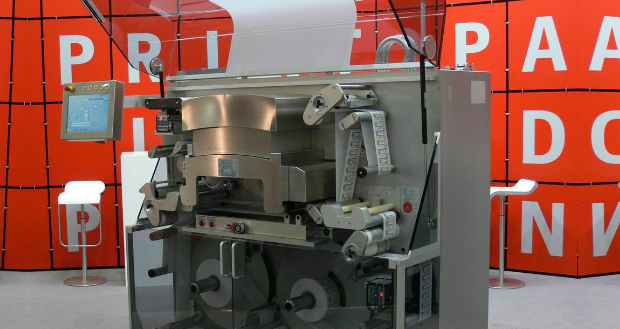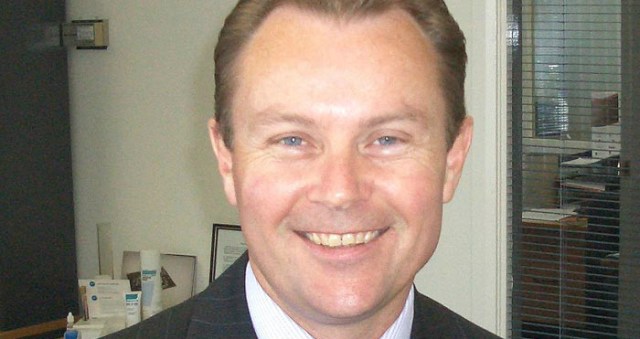
Opening the company’s show, Bernhard Schreier, CEO of Heidelberg, told some 200 assembled journalists that this drupa is all about successful business models, and the company had five print shops on show: three commercial and two packaging.
Specifically, it has aimed the new Speedmaster SX range at printers who don’t want or can’t afford the bells and whistles presses.
Replacing the XL 105, Heidelberg’s new flagship, the Speedmaster XL 106 operates at speeds of up to 18,000 sph in both straight and perfecting modes, processing substrates up to 1mm (in perfecting mode, up to 0.8mm). It says the 75 x 106 cm sheet format. With a straightforward operation and interplay between pre-set functions, ink pre-settings, simultaneous plate changing with AutoPlate XL, and Prinect Inpress Control, Heidelberg claims a 20 to 30 per cent increase in productivity over the Speedmaster XL 105. Depending on the particular job structure, it can produce between 60 and 80 million sheets a year and can change between 90,000 and 100,000 printing plates a year on an eight-colour press. The company also boasts shorter makeready and wash up times.
Unveiling its e Speedmaster XL 75 with Anicolor inking unit technology Heidelberg claims 90 percent less paper waste, 50 percent shorter makeready times, and 50 percent higher productivity, adding that it can achieve OK sheets after 10 sheets. Application is for short runs in the 50 x 70cm format for commercial and packaging printing applications and web-to-print applications with gang forms. Heidelberg will initially offer the machine as a straight-printing press with up to six inking units – with or without coating unit and with a print speed of up to 15,000 sph, available from the end of 2013. Presses with a perfecting device and other configurations will follow.
Also new is a B2 Speedmaster XL Anicolor, a press which has been mooted for some time.
The company’s new DryStar UV LED dryer for the Speedmaster SX 52 uses the high UV light yield of LEDs (light-emitting diodes) to cure highly reactive LED UV inks and highly reactive LED UV coatings. As substrates are not heated in the process, the process has application for printing with or without a coating and also for special applications involving completely distortion-free plastic foil printing, making plastic cards, in mold labels, official stickers, and plastic packaging. It also has a use for coating applications and mtahces the Speedmaster SX 52 speed of 15,000sph.
Heidelberg says the dryer enables distortion-free processing of foils as thin as 56 µm and will make the unit available from the end of 2012 and for other format classes from the beginning of 2013.
From its Innovation Gallery, the company says its Cristala creative concept will demonstrate how existing drip-off coating equipment can be used to produce new finishing effects. Specially prepared prepress data creates structured surfaces with an accented gloss effect and structured coatings create different gloss effects depending on the angle of inclination and the direction of viewing. Examples of surfaces with geometric lines, textures, ornaments, and contone images and typographical samples will also be on display at the trade show.
It will showcase printed, intelligent surfaces called touchcodes in the form of interactive printed ID cards with an integrated electronic structure. Placing a touchcode card of this kind on an iPad opens an app or web browser that offers access to specific content. The card serves as a copy-protected license for electronic information in protected or closed applications, for example, thus building a bridge to mobile terminals. There is no need to take a photo using a smartphone. The lighting effects of printed OLEDs (organic LEDs, light-emitting diodes) can be applied to folding cartons either as a surface area or as an informative detail in the form of numbers, text, or logos.
It is also showing energy-efficient UV LED dryer modules and a laser drying technology that heats only the ink and not the substrate, which is advantageous from a process engineering perspective, cutting waiting times between press and postpress. The display also features a laser module concept that enables the partial drying or structuring of surfaces.
Comment below to have your say on this story.
If you have a news story or tip-off, get in touch at editorial@sprinter.com.au.
Sign up to the Sprinter newsletter


